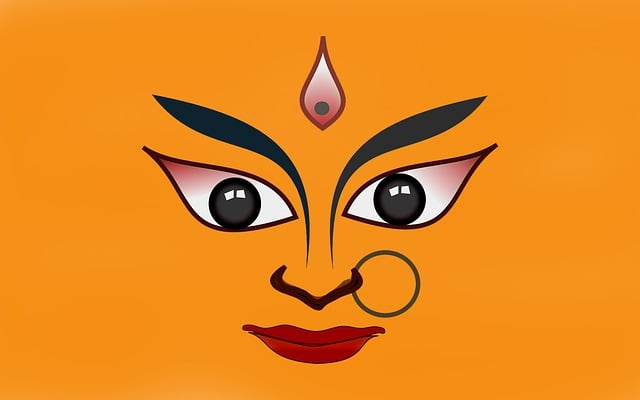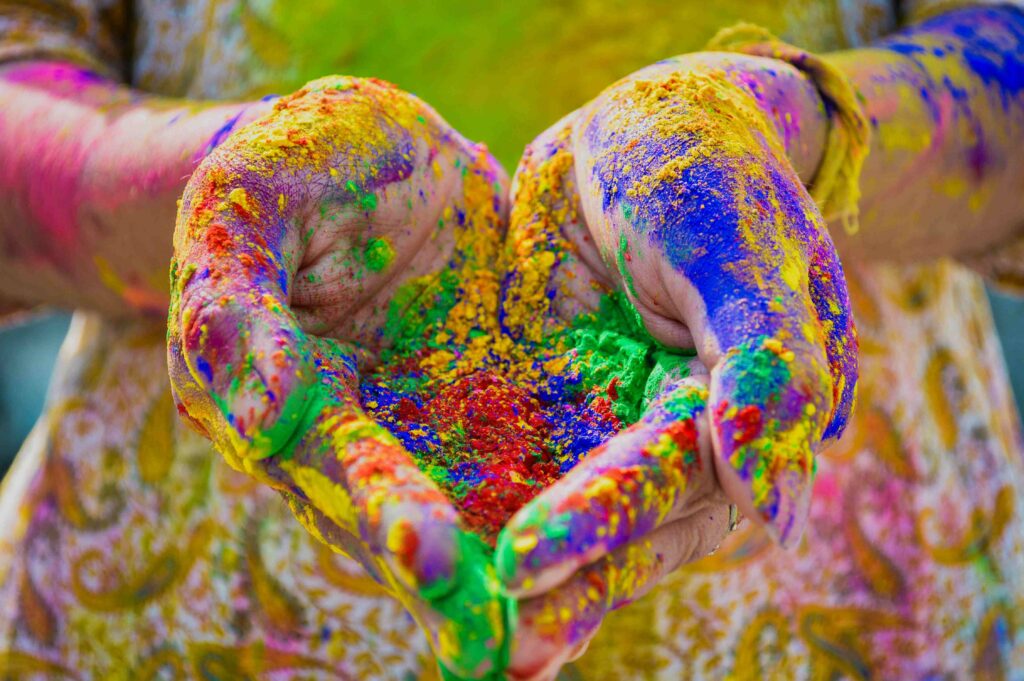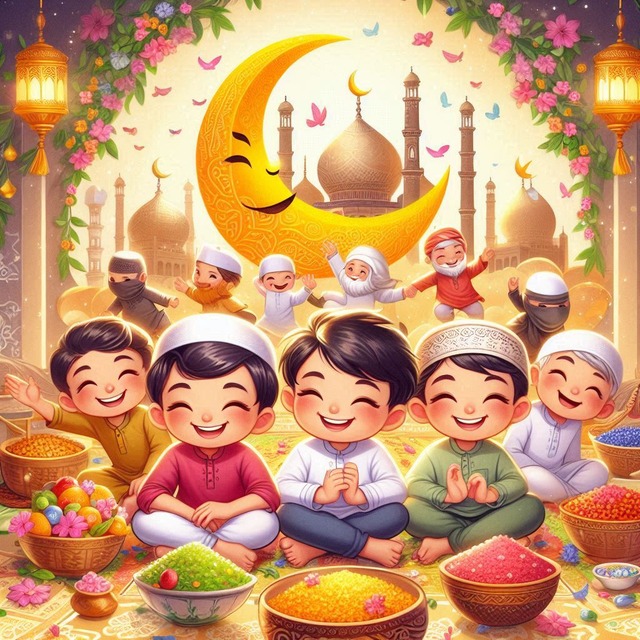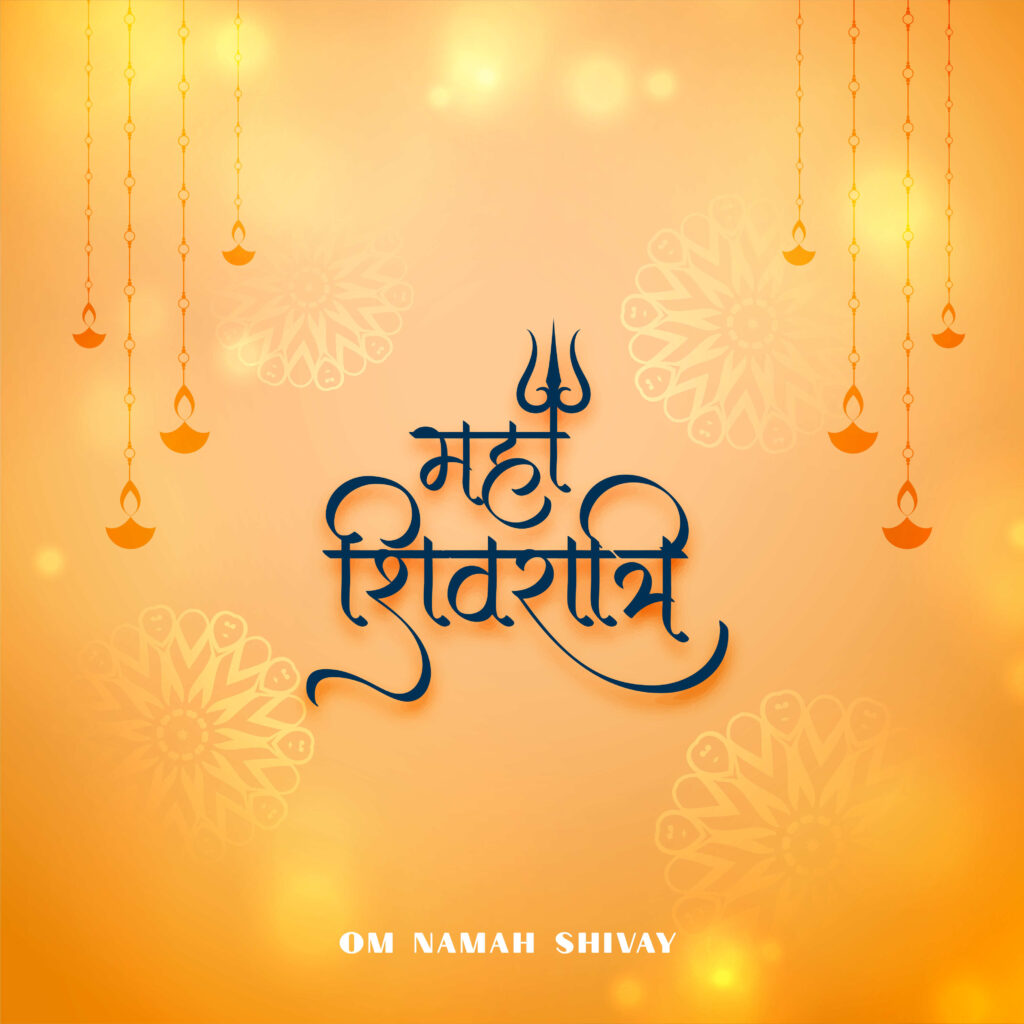Chaitra Navratri, a significant Hindu festival spanning nine days, honors the nine divine forms of Goddess Durga. Observed nationwide with fervor, it commences on March 22 and concludes on March 30, according to the Drik Panchang. During these auspicious days, devotees pay homage to Goddess Durga in her various incarnations.
Chaitra Navratri typically occurs during the Chaitra month of the Hindu calendar, aligning with either March or April in the Gregorian calendar. It symbolizes the onset of the vibrant spring season in India. The term “Navratri” originates from the Sanskrit words “Nav” meaning nine and “Ratri” meaning night.
The festival commences with Ghatasthapana Puja Vidhi, marking the inauguration of the celebrations. Throughout the nine days, devotees engage in prayers, fasting, and rituals to seek the blessings of the divine goddess and to welcome prosperity and abundance into their lives.
History of Chaitra Navratri:
Chaitra Navratri holds significance in Hindu mythology as it celebrates the birth of Goddess Durga, who is believed to have created the cosmos and all living beings within it. This festival is also considered the start of the Hindu calendar year, attributed to Goddess Durga’s role in the universe’s creation.
In another Hindu legend, during Chaitra Navratri, Goddess Durga spent nine days at her maternal home after receiving permission from her consort, Lord Shiva. It is said that during this time, she vanquished the demon Mahishasura, symbolizing the victory of righteousness over evil.
Devotees worship Goddess Durga during Chaitra Navratri to seek inner peace, good health, and the strength to combat negativity and malevolence.
Significance of Chaitra Navratri:
Chaitra Navratri holds immense significance as it reveres the nine divine incarnations of Goddess Durga over nine auspicious nights. Each day of this festival is dedicated to a different manifestation of the goddess, including Shailputri, Brahmacharini, Chandraghanta, Kushmanda, Skanda Mata, Katyayani, Kaalratri, Mahagauri, and Siddhidatri. Through worship and devotion to these forms, devotees seek blessings and strength from the divine feminine energy.
Furthermore, Chaitra Navratri also holds a connection to the birth of Lord Rama, the seventh incarnation of Lord Vishnu and the revered prince of Ayodhya. Rama Navami, celebrated on the final day of Navratri, commemorates Lord Rama’s birth. This confluence of celebrations adds layers of spiritual significance to Chaitra Navratri, making it a time for both honoring the divine feminine and celebrating the divine incarnations in Hindu mythology. Throughout these nine nights, devotees engage in rituals, prayers, and fasting to invoke the blessings of the goddesses and seek divine grace for prosperity, health, and inner strength.
Importance of the nine days of Chaitra Navratri:
Chaitra Navratri spans nine days, each dedicated to one of the nine divine incarnations of Goddess Durga, symbolizing various virtues and aspects of feminine strength. Devotees adorn themselves with auspicious colors corresponding to each day’s deity and offer special flowers associated with them.
Day 1: Devi Shailputri
symbolizing divine consciousness atop the Himalayas, is honored. Yellow attire signifies joy and nature, while hibiscus flowers are offered.
Day 2: Brahmacharini
representing a seeker of divine consciousness, is worshipped for purity and longevity in marital life. Devotees wear green and offer chrysanthemums.
Day 3: Devi Chandraghanta
adorned with a crescent moon, signifies stability of mind through connection with the divine. Grey attire and lotus flowers are offered.
Day 4: Devi Kushmanda,
the creator of the universe, bestows intellect and energy. Orange attire symbolizes brightness, and jasmine flowers are offered.
Day 5: Devi Skandamata,
epitomizing motherly affection, brings wisdom and prosperity. White attire and yellow flowers or fruits like bananas are offered.
Day 6: Devi Katyayani
vanquisher of the demon Mahishasura, signifies overcoming inner conflicts. Red attire symbolizes her wrath, with marigolds offered.
Day 7: Kalaratri
embodies the wild and peaceful aspects of Mother Nature, fostering fearlessness and tranquility. Dark blue attire and passiflora flowers are offered.
Day 8: Devi Mahagauri
symbolizing beauty and serenity, grants liberation and self-improvement. Pink attire signifies hope, with mogra flowers offered.
Day 9: Devi Siddhidatri
epitome of perfection, bestows divine wisdom and power. Purple attire symbolizes aspiration, with champa flowers offered.
Chaitra Navratri thus becomes a colorful and divine celebration, where each day is dedicated to invoking the blessings of the goddesses for various aspects of life and spiritual growth.
Difference between Chaitra Navratri and Sharad Navratri:
India, a rich tapestry of diverse cultures and traditions, observes Navratri, a Hindu festival dedicated to Goddess Durga, twice a year with fervor and devotion. Navratri, translating to ‘nine nights,’ honors the various manifestations of the divine goddess. The two Navratri celebrations, Chaitra Navratri and Sharad Navratri, each hold distinctive significance and occur at different times of the year. In this article, we delve into the reasons behind India’s dual celebration of Navratri and explore the enchanting mythological tales surrounding Maa Durga’s divine forms.
Chaitra Navratri: Embracing the Arrival of Spring
Chaitra Navratri occurs during the Chaitra month of the Hindu calendar, typically in March or April. This festival heralds the onset of spring, a season of renewal and rejuvenation in nature. Over nine days, devotees honor Goddess Durga, seeking her blessings for prosperity and fortune.
Chaitra Navratri is believed to commemorate the day when Lord Rama, accompanied by his brother Lakshmana and devotee Hanuman, invoked the blessings of Goddess Durga before embarking on his quest to rescue his wife, Sita, from the demon king Ravana. This event symbolizes the victory of righteousness and the triumph of good over evil. The culmination of Chaitra Navratri is celebrated as Ram Navami.
Sharad Navratri: Jubilant Harvest Celebrations
Sharad Navratri, also referred to as Maha Navratri, is the more widely celebrated of the two Navratri festivals. It falls in the lunar month of Ashwin, typically in September or October, marking the conclusion of the monsoon season and the commencement of the harvest season. This grand festival honors the divine feminine and commemorates Goddess Durga’s defeat of the buffalo demon, Mahishasura.
According to Hindu mythology, Mahishasura posed a grave threat to the gods, having received a boon from Lord Agni that only a woman could vanquish him. Unable to confront him, the gods manifested Goddess Durga, the epitome of feminine power. Durga engaged Mahishasura in battle for nine days and nights, ultimately emerging victorious on the tenth day, celebrated as Vijayadashami or Dussehra. Sharad Navratri symbolizes the victory of good over evil, wisdom over ignorance, and light over darkness, epitomizing the celebration of divine female energies.
Throughout India, young girls are revered as embodiments of the goddess, as devotees believe the divine resides within them.
How is Chaitra Navratri Celebrated?
Chaitra Navratri is celebrated with profound devotion and holds significance as the commencement of the new year for various Hindu sects.
Ghatsthapana:
The festival begins with the ritual of Ghatsthapana, where a sacred pot (Ghat) is established in homes. The pot is filled with water and barley seeds are sown, symbolizing the germination of life and the presence of divinity within the household.
Fasting Vows:
Many devotees observe fasts during Chaitra Navratri, either abstaining from certain foods or opting for a complete fast. This act of fasting is viewed as a means of purification and deepening one’s devotion.
Daily Worship and Aarti:
Throughout the nine days, devotees earnestly perform daily pujas, aartis, and offer prayers to Goddess Durga, expressing their reverence and seeking her blessings.
Ram Navami:
The concluding day of Chaitra Navratri coincides with the celebration of Ram Navami, marking the birth of Lord Rama. On this auspicious occasion, devotees engage in special prayers, offer bhog to the deity, and partake in religious events such as scripture readings from the Ramayana and processions.
Kanjak or Kanya Pujan: On the eighth or ninth day of Navratri, known as Ashtami or Navami, nine young girls symbolizing the nine forms of Goddess Durga are invited for Kanya Pujan. Devotees honor these girls by offering them food, clothes, and gifts as tokens of respect and devotion.




